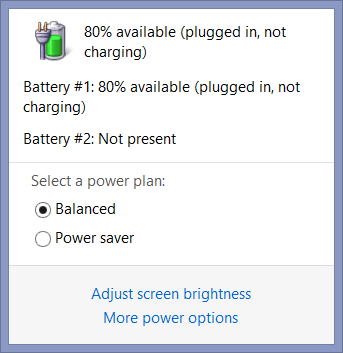None of the other answers to this question are hitting at the actual reason behind limiting battery charge.
First of all, battery charging electronics aren't dumb. They aren't going to pump energy into a battery that is fully charged or close to fully charged. Doing so would require that the extra energy be dumped as heat, because the battery not be able to store it, and is why overcharging a battery can lead to overheating and fires. In fact, Lithium-ion battery chemistry requires a lower amount of energy as the battery reaches its full capacity, precisely because it can't accept all of this extra energy at a very fast rate (without overheating.) You've probably seen that the last 90-99% of your laptop charge takes almost as long as the first 0-50%, and this is why.
The Lithium-ion/Lithium-polymer battery chemistry is also the reason why limiting battery charge is a good idea. Storing Lithium batteries close to being fully charged means they degrade more quickly, losing their capacity to store as much energy as when they started. If you've had an old laptop which was kept always plugged in, you've probably wondered why the battery became completely useless after a few years - this was the reason.
Why does this matter?
The 80% and 50% charge limits on Sony laptops are good defaults for trading off performance and long-term battery capacity. 80% allows you to use the laptop on battery with most of its capacity, while avoiding the really damaging 90-100% charged state. 50% is closer to the optimal amount of energy to store in the battery to extend its life, and is what you should use if you are just on AC power almost all of the time.
Also, see this graph for how using these functions will affect battery capacity over time.
Finally, extensive cycling of a Lithium-ion battery can also affect capacity over time. See this article for some discussion on trading off charge capacity and depth of discharge. It seems like if possible, the optimal way to use a battery in terms of lifespan would be to charge it to 3.92V (~60%) and draw it down 10-20%, and then recharge. Electric vehicles generally use their batteries in this way, albeit maybe with a slightly wider band.


1This is really good information, especially on the 80% and 50% settings. Thanks! – Ben Richards – 2013-10-24T19:48:51.590